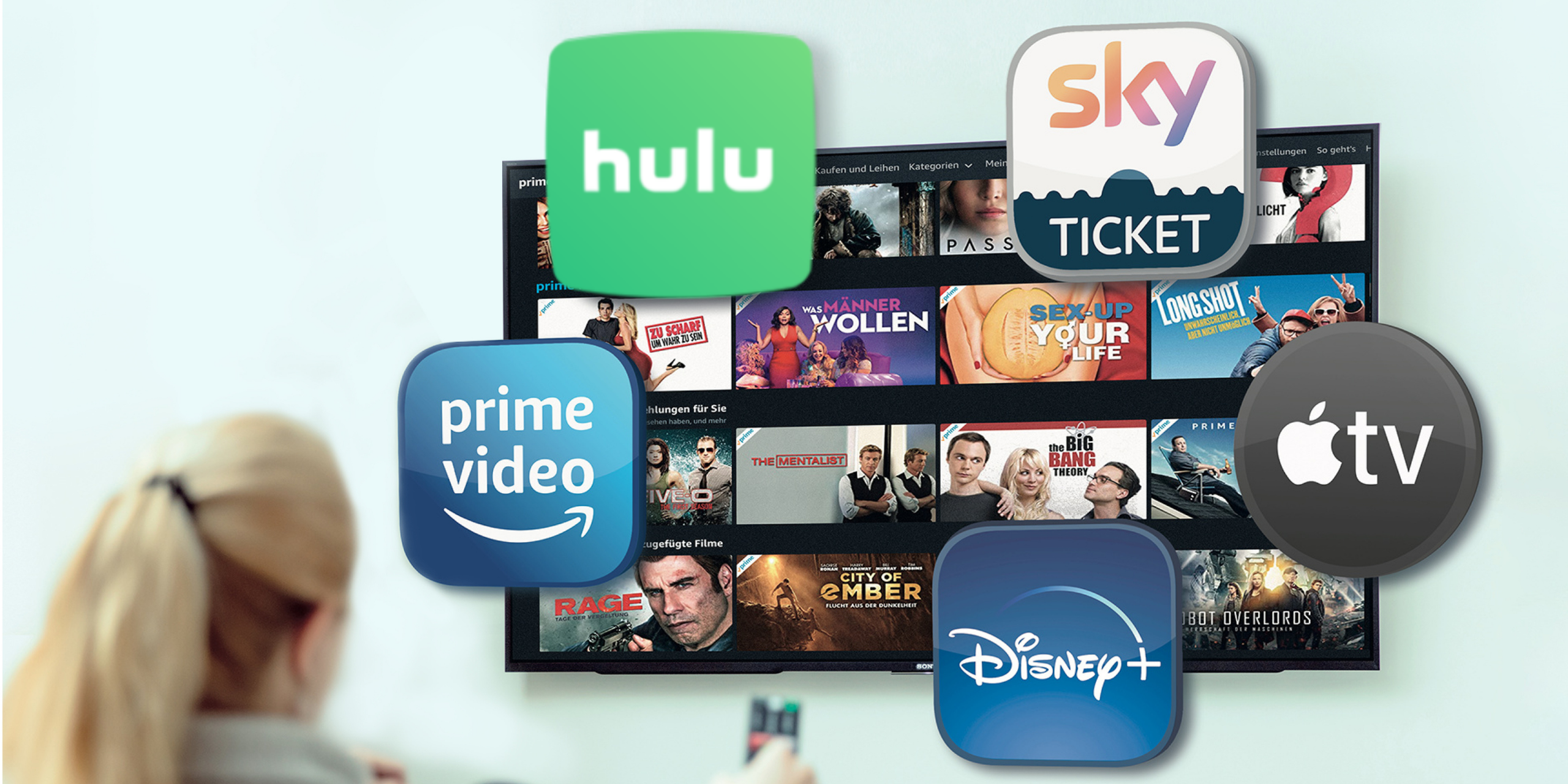Smart TV Advertising
A smart TV is a television with a built-in computer that enables access to the internet. With a smart TV, a viewer can bring in content from streaming services such as Netflix, Hulu, and Peacock, plus various internet services that stream live television shows. It allows viewers to see content not available on cable or satellite. And it also provides the opportunity for new types of advertising. Consumers can buy a TV that’s sold as a smart TV. They can get the same capabilities with almost any set by adding a digital media player such as a Roku, Amazon Fire Stick, or Xiaomi TV stick.
Types of Smart TVs
A type of smart TV ad is the type that comes along with the content. For instance, if a viewer watches a Hulu show, they might see short ads, around 15 to 30 seconds, before or during that show. Viewers see these whether they’re watching on a smart TV, a non-smart TV with a Roku, or a non-TV device, such as a smartphone or laptop.
Another type of smart TV ad that’s only seen on a smart TV. These ads are specific to the manufacturer and operating system. Some of the manufacturers have embedded ad distribution into the operating systems of the computers they’ve built into their sets. If a viewer is watching on a Samsung or LG TV, he or she will see ads on the screen before any chosen content. They may appear in the home menus, on the row that lists content, or as banners.
Some manufacturers offer settings options to reduce these ads, but most don’t let a viewer get rid of them entirely. For marketers, these ads present an opportunity and a risk. There is the opportunity to present ads that viewers will see even before they select content and can’t easily opt out of, but there’s the risk of viewer hostility to these kinds of messages.
In addition to the TV manufacturers, Google is also pushing Android TV ads. Within the past year or two advertising capability has been pushed onto Sony TVs and other TVs with updates in the Android TV operating system.
Smart TVs can gather information about the shows and ads viewers watch. Some consumers are concerned about privacy and smart TVs watching them. So, where is the camera on a smart TV? Well, many smart TVs do have cameras and microphones recording viewer reactions. Usually, it’s in the bezel, the area immediately around the outside of the screen. But in most cases, there’s a setting that allows viewers to turn the camera off.
What Are Samsung Ads?
Samsung ads are an important part of Samsung’s overall business. These include not only Samsung ads on phones targeted to Galaxy users but also Samsung ads for TV. Some ads are specific to Samsung smart TVs, such as the Samsung TV pop up on bottom of screen.
More than that, Samsung offers Samsung DSP. DSP stands for the demand-side platform and allows marketers to take advantage of programmatic advertising, which is today’s automated way that digital ads are bought and sold. In the DSP, advertisers select parameters such as how frequently they want their ads to run and the demographic characteristics of their desired audience, and the DSP takes their ads to the programmatic marketplace where the ads are matched with available slots.
Samsung smart TVs are equipped with a feature called Automated Content Recognition (ACR) that tracks the viewing behavior of their audiences. ACR captures data on who is watching which content, viewing which ads, and using which smart TV apps. This information is available to advertisers to help their targeting and provide feedback on the types of audiences viewing their ads. ACR tracks not only who saw the ads, but also who missed them.
Additionally, Samsung offers a service called TV Ad Retargeting, which allows advertisers to reconnect with potential customers who just viewed a TV ad, their ad, or one from a competitor. After 60 seconds of the original TV ad being shown, a retargeting strategy sends a digital message to viewers’ smartphones, tablets, and laptops.
Smart TV vs Non Smart TV
For non smart TV 2020 is a year of decline. Smart TV is taking over as far as new television sales go. Still, there are plenty of non smart TVs in homes all over the country, and many of them aren’t going to be replaced any time soon. Shoppers can still find an RCA non smart TV, but the LG non smart TV is getting rarer and rarer. The customer who insists on a non smart TV might look at the non smart TV Best Buy has for sale or the non smart TV Walmart can offer.
As is so often the case with a product that becomes hard to find, a non smart TV Amazon can offer anything from a massive wall unit to a non smart TV 32 inch set.
On the surface, the difference between a smart and a non smart TV is simple. A smart TV can connect to the internet and a non smart TV can’t, at least not on its own. A smart TV can view streaming content from sources other than cable, antenna, and satellite TV.
Any TV with an HDMI connection can indeed be given smart TV capabilities. All that’s needed is a digital media player such as a Roku, an Amazon Fire Stick, an Apple TV, or a Xiaomi Stick. Here, the TV can be connected to the internet and receive the same kind of content a Smart TV can. People who own smart TVs sometimes add these devices because they’re inexpensive, they allow access to more content and the streaming quality can be better.
From an advertiser’s point of view, there are some things a smart TV can do that a TV “smartened” with a Roku can’t. With both, advertisers can attach messages to content. With a smart TV, however, marketers can present advertising using the manufacturer’s capabilities before the viewer selects a show. Furthermore, Smart TV provides advertisers with a wealth of audience demographics they might not get in any other way.
Industry Expert Insights
We are your high-touch, performance-focused streaming TV and programmatic advertising partner. Our team of experts and a one-of-a-kind data-driven platform connects you to the best streaming TV marketing strategies.









































